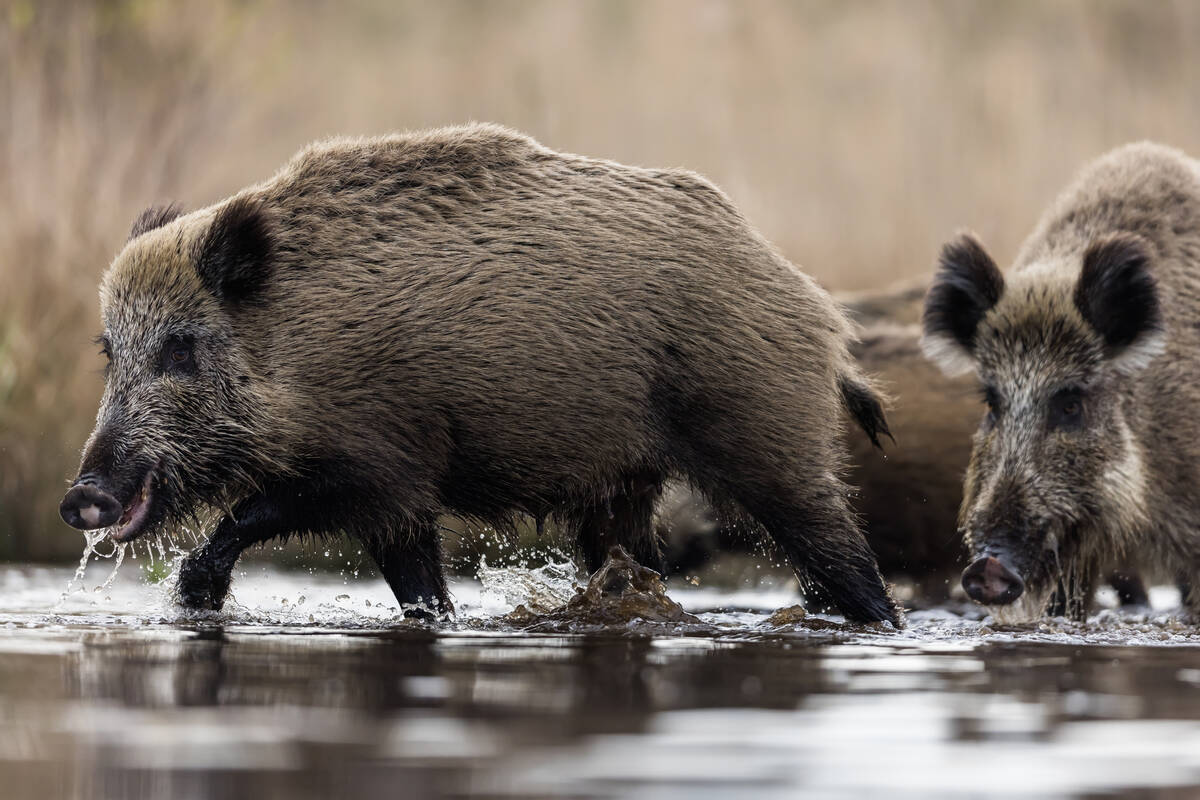I was recently talking to a farmer who had just finished seeding.
The lion’s share of the investment in growing a crop had been made, and some of the urgency was gone. As a result, it was time to focus on the things that were taking up space on the “corner of the desk,” such as spending time getting a handle on what the farm’s financial picture looks like mid-year.
Such a snapshot of an operation’s financial position will provide information that can be used to support management decisions for the rest of the year.
Read Also

Manitoba bans wild boar possession
Manitoba has tightened the regulatory status of Eurasian wild boar in an effort to help fight back against invasive wild pigs.
The farmer’s crop rotations and initial budgets had been developed several months ago. Plans for capital purchases were included in the projections, and financing was arranged. Through the winter, the planning began to crystallize and ultimately resulted in the crop that’s in the ground.
However, for the farmer in question, the “plan” was taking a turn. Weather caused him some grief and resulted in additional expenses.
As well, he was able to secure unexpected income by custom seeding. He also took advantage of pricing opportunities and now has priced 40 to 50 percent of his wheat and canola for delivery.
For this farmer, perhaps the biggest deviation from the plan was a major repair bill of $35,000. The comment — spoken from the glass half full perspective shared by many farmers — was that “at least it will be like new.”
Which brings us back to the importance of a mid-year review of where farms stand financially.
How have all the events and transactions that have occurred in the past couple of months of intense operational focus affected the farm’s financial position?
You can calculate a mid-year statement of earnings, but at this stage it’s largely a guess with the crop in the field. The most important update is on your cash position and how this may affect cash flow for the rest of the year.
Farms should develop monthly cash flow projections annually.
Many farmers are required to provide these statements to lenders to support applications for operating credit. However, watching cash flow is an important management practice even if your financial situation is strong.
Many farmers tell me that projecting cash flow is a waste of time because it’s impossible to predict the future. It’s my experience that the first effort at projecting cash flow can be challenging, but it gets easier over time.
This results in a more accurate estimation of cash inflow and outflow and better information when facing management decisions such as those that the farmer I was talking to will be facing.
The process is as follows:
- Develop a monthly projection of cash inflow and outflow. Software programs are available that will help with the task, but a simple spreadsheet will also work great.
- Create columns to compare actual transactions to the projections, such as this example:
- Total the variance for all cash inflow and outflow for each month.
- Compare totals to what was projected and analyze how the year-to-date position will affect decisions for the balance of the year.
The farmer in question had planned to replace his combine before the fall, but with all that happened this spring, including the major repair bill, he wasn’t sure if this was still an option. To know for sure, he planned to do a cash flow update similar to what’s included in the table.
The cash flow variance from what was projected can sometimes indicate that additional working capital is required in the form of a loan, such as a term loan or an increase in the operating loan. Sometimes a lender will put a short-term demand loan in place to see the farmer through to the fall, when a more detailed review of the overall financial position can be analyzed.














